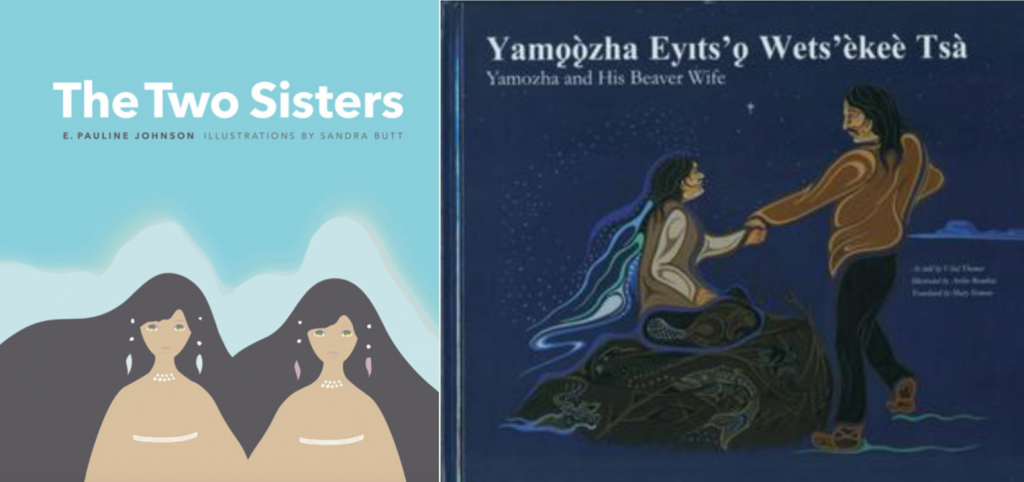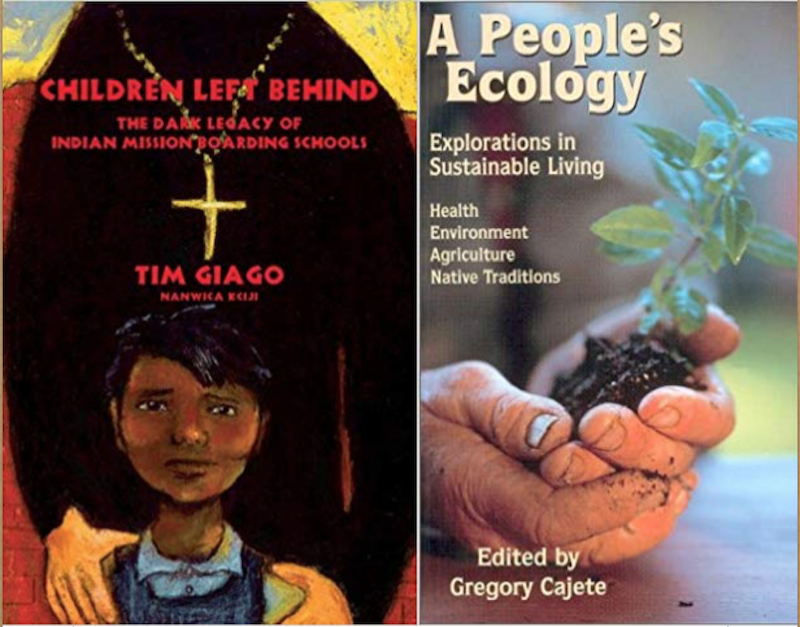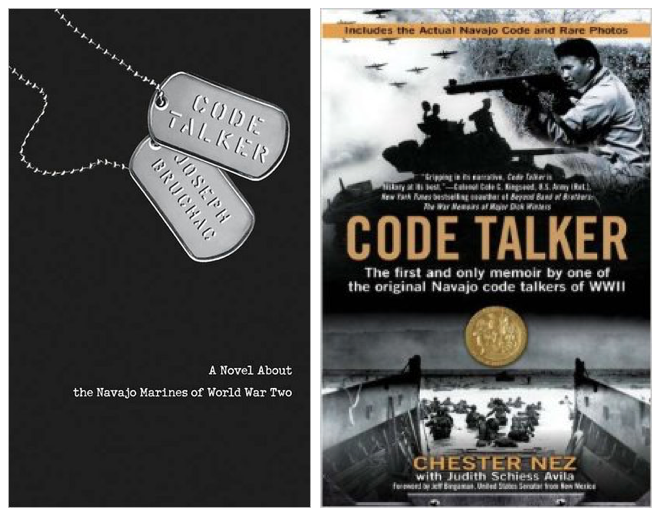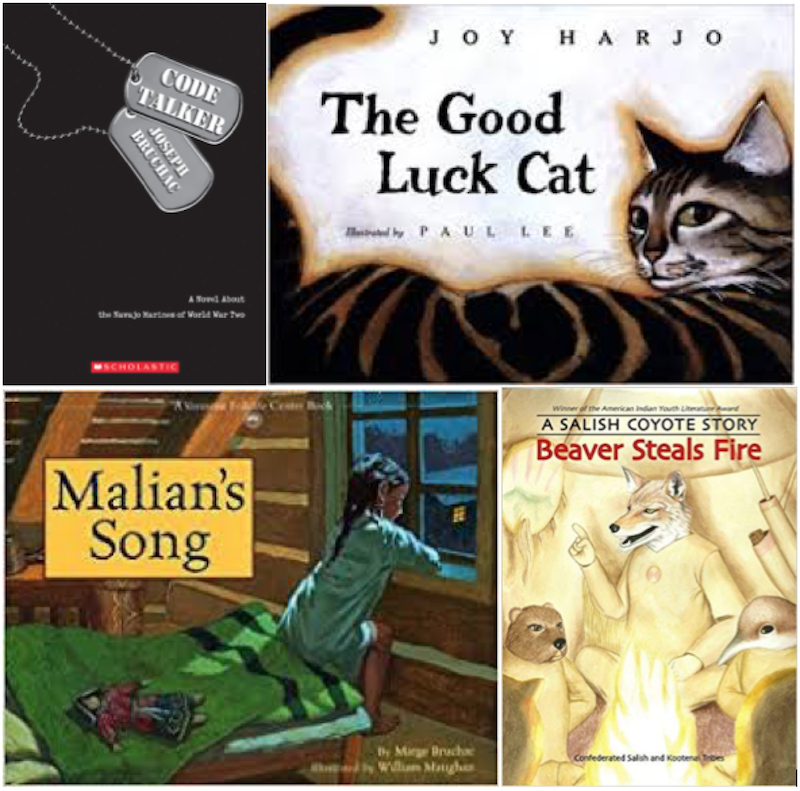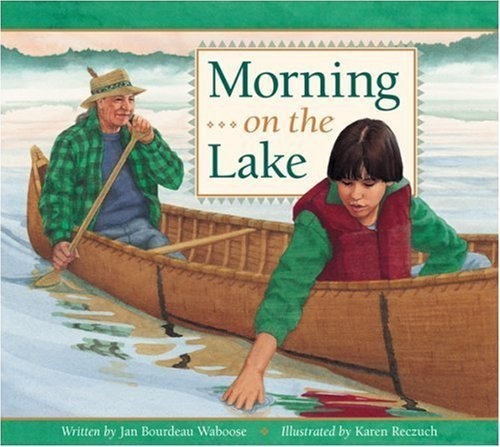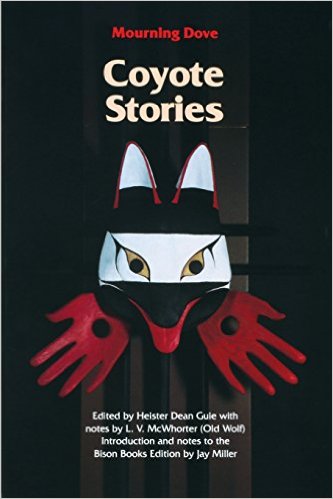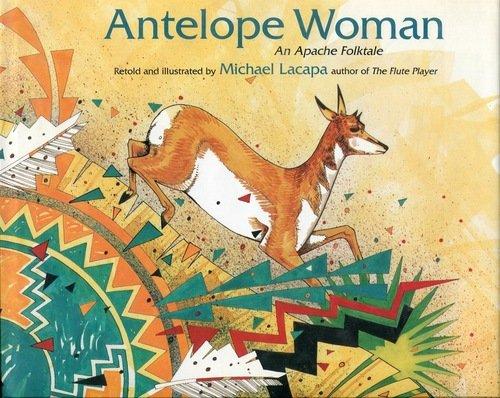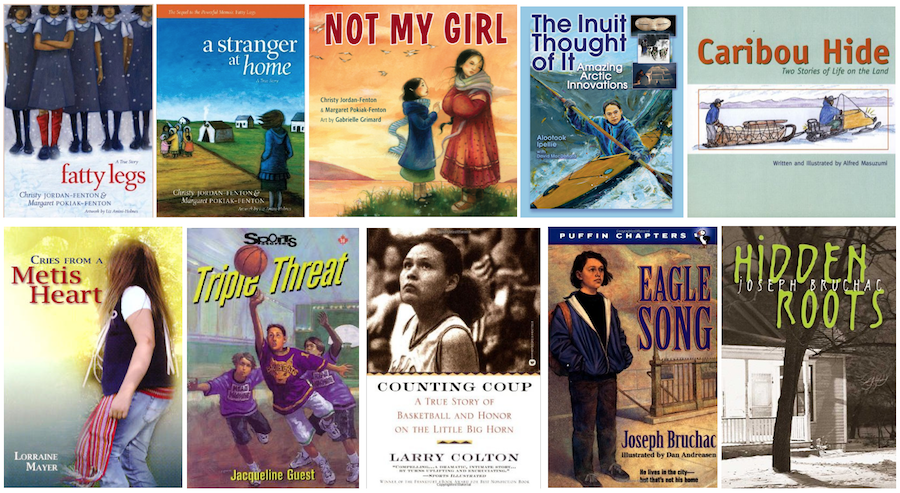By Angeline P. Hoffman, White Mountain Apache
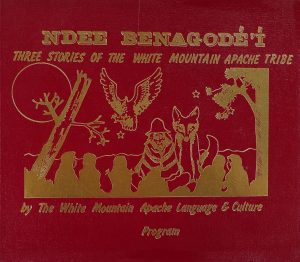 Culturally authentic Indigenous American children’s literature is composed of traditional stories that consist of myths, legends and folktales in the oral storytelling traditions of a given people. This literature also includes contemporary stories and poetry. An affirmation of Indigenous children’s literature is noted by Dr. Debbie Reese (2007, p. 245):
Culturally authentic Indigenous American children’s literature is composed of traditional stories that consist of myths, legends and folktales in the oral storytelling traditions of a given people. This literature also includes contemporary stories and poetry. An affirmation of Indigenous children’s literature is noted by Dr. Debbie Reese (2007, p. 245):
Through stories, people pass their religious beliefs, customs, history, lifestyle, language, values, and the places they hold sacred from one generation to the next. As such, stories and their telling are more than simple entertainment. They matter in significant ways – to the well-being of the communities from which they originate.


